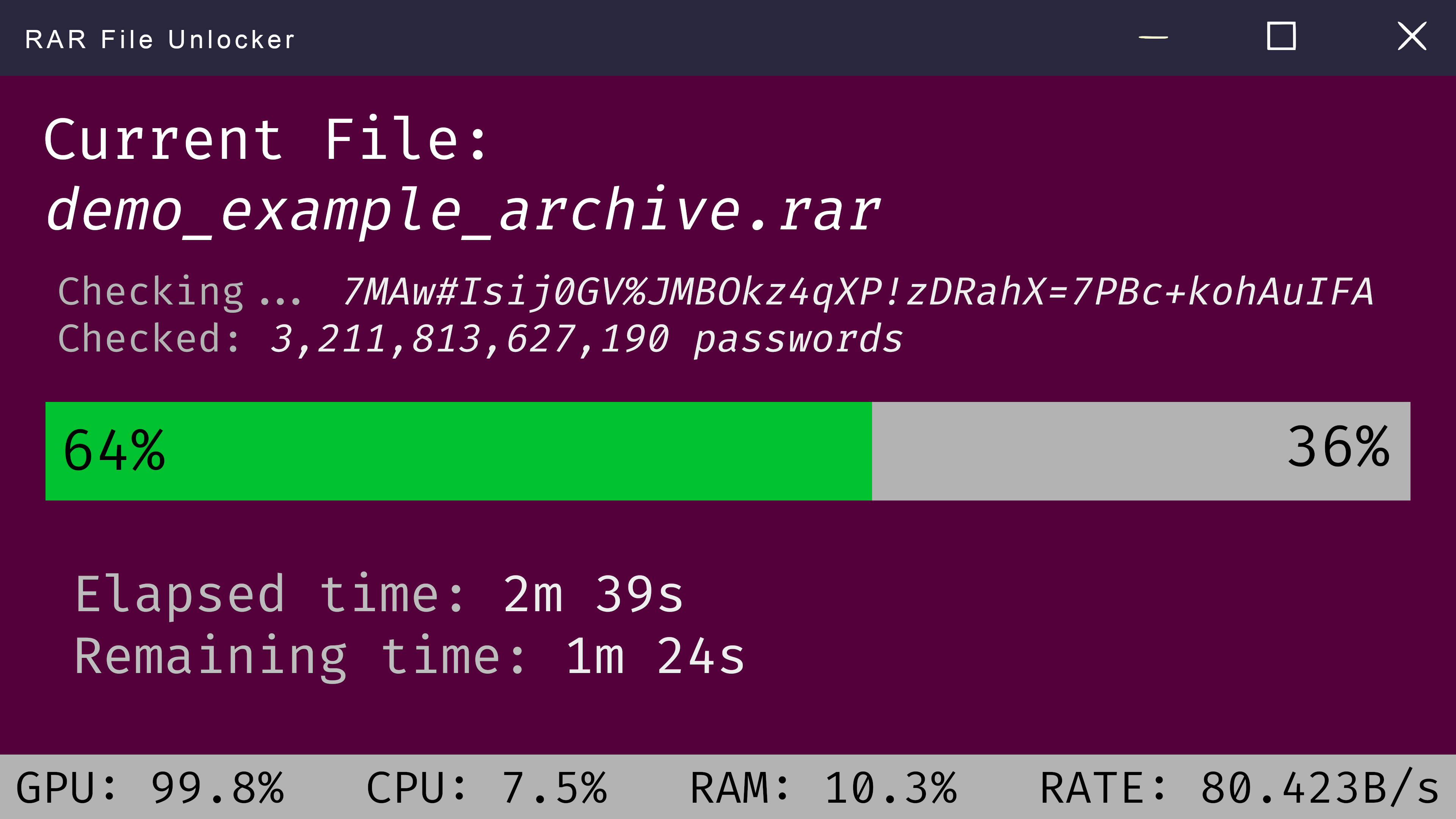Is WinRAR Password Encrypted? Understanding File Security
When it comes to protecting sensitive data, password-protecting compressed files with tools like WinRAR is a common practice. But a crucial question often arises: Is WinRAR password encrypted, and if so, how secure is it?
Understanding WinRAR Encryption
WinRAR employs strong encryption algorithms to secure your archived files. When you set a password for a WinRAR archive, the software uses the chosen encryption method to scramble the data, making it unreadable without the correct password.
Encryption Algorithms Used by WinRAR
WinRAR offers two main encryption algorithms:
- AES-256: This is a widely recognized and robust encryption standard used by governments and security experts worldwide. AES-256 uses a 256-bit password, making it extremely difficult to unlock using brute-force methods.
- ZIP 2.0 encryption: This older encryption method is less secure than AES-256. While it can still provide some level of protection, it is more vulnerable to attacks.
By default, WinRAR uses AES-256 encryption for better security. However, it's crucial to double-check your settings to ensure you're utilizing the strongest available encryption.
How Secure is WinRAR Password Encryption?
The security of WinRAR encryption depends on several factors:
- Password strength: A weak, easily guessable password can be unlocked regardless of the encryption algorithm's robustness. Always use a strong, unique password combining upper and lowercase letters, numbers, and special characters.
- Encryption algorithm: As mentioned earlier, AES-256 is significantly more secure than ZIP 2.0 encryption.
- WinRAR version: Older versions of WinRAR might have vulnerabilities that compromise encryption security. It's crucial to keep your software updated to benefit from the latest security patches.
Best Practices for Secure WinRAR Archiving
To maximize the security of your password-protected WinRAR archives, consider the following best practices:
- Use Strong Passwords: This cannot be overstated. Employ a password manager if needed to generate and store complex passwords.
- Choose AES-256 Encryption: Always select AES-256 as your encryption method within WinRAR's settings.
- Update WinRAR Regularly: Keep your WinRAR software up to date to benefit from the latest security enhancements.
- Enable "Encrypt Filenames": This option, found in WinRAR's archiving options, encrypts not only the file content but also the filenames within the archive, adding an extra layer of protection.
Beyond WinRAR: Additional Security Measures
While WinRAR provides robust encryption, consider combining it with additional security practices:
- Two-Factor Authentication (2FA): If you're storing highly sensitive data, consider using 2FA for any cloud services where you store your password-protected archives.
- Secure File Deletion: When you no longer need a password-protected archive, ensure you delete it securely using tools that overwrite the data, preventing recovery attempts.
Conclusion
In conclusion, WinRAR's password encryption, especially when using AES-256 and strong passwords, offers a high level of security for your archived data. However, it's vital to stay informed about best practices and potential vulnerabilities to ensure your files remain protected.


 Windows
Windows MacOS
MacOS Linux
Linux